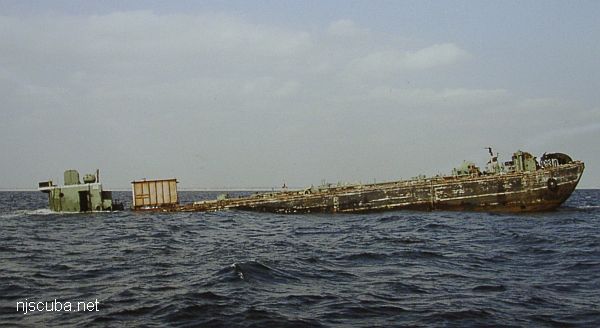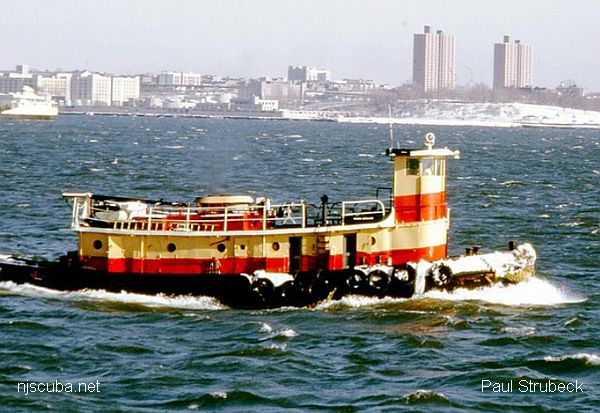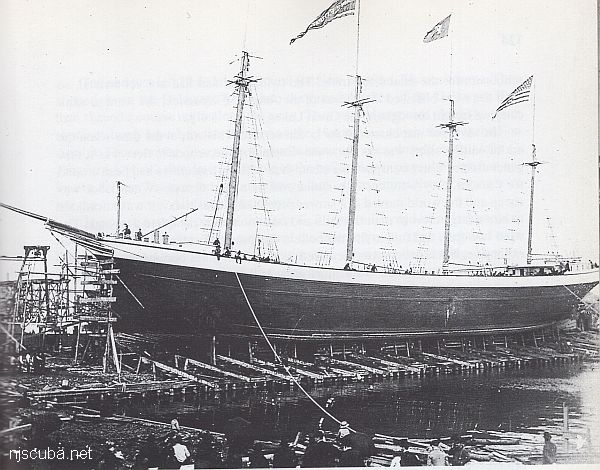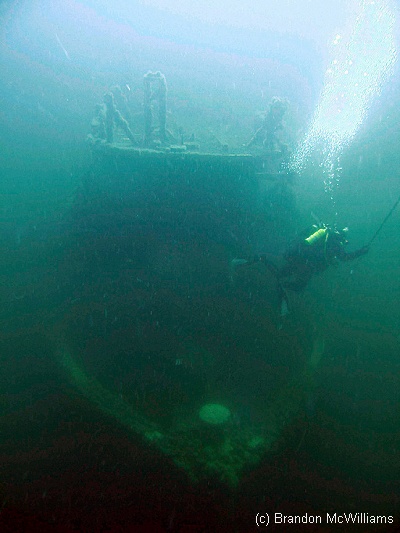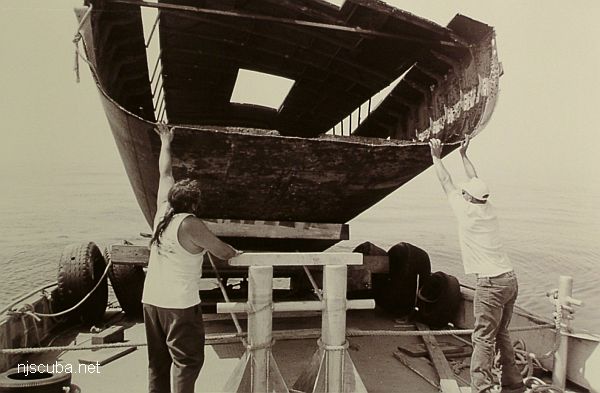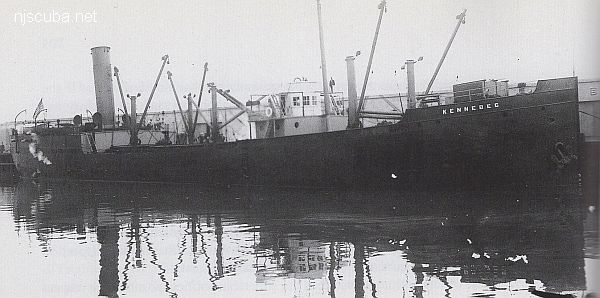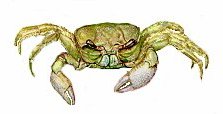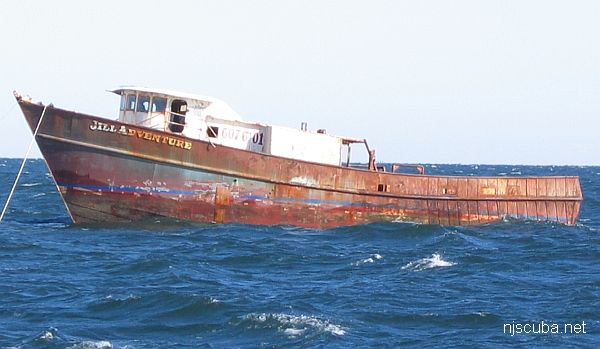
- Type:
- artificial reef, trawler
- Built:
- 1980, Master Boat Builders, Coden AL USA, as Tar Heel Tide
- Specs:
- ( 71 ft ) 112 gross tons
- Sponsor:
- Friends of Donna, Atlantic Capes Fisheries
- Sunk:
- Tuesday December 20, 2005 - Townsends Inlet Artificial Reef
- GPS:
- 39°06.360' -74°36.300'
- Depth:
- 60 ft
More: Jill Adventure ...

